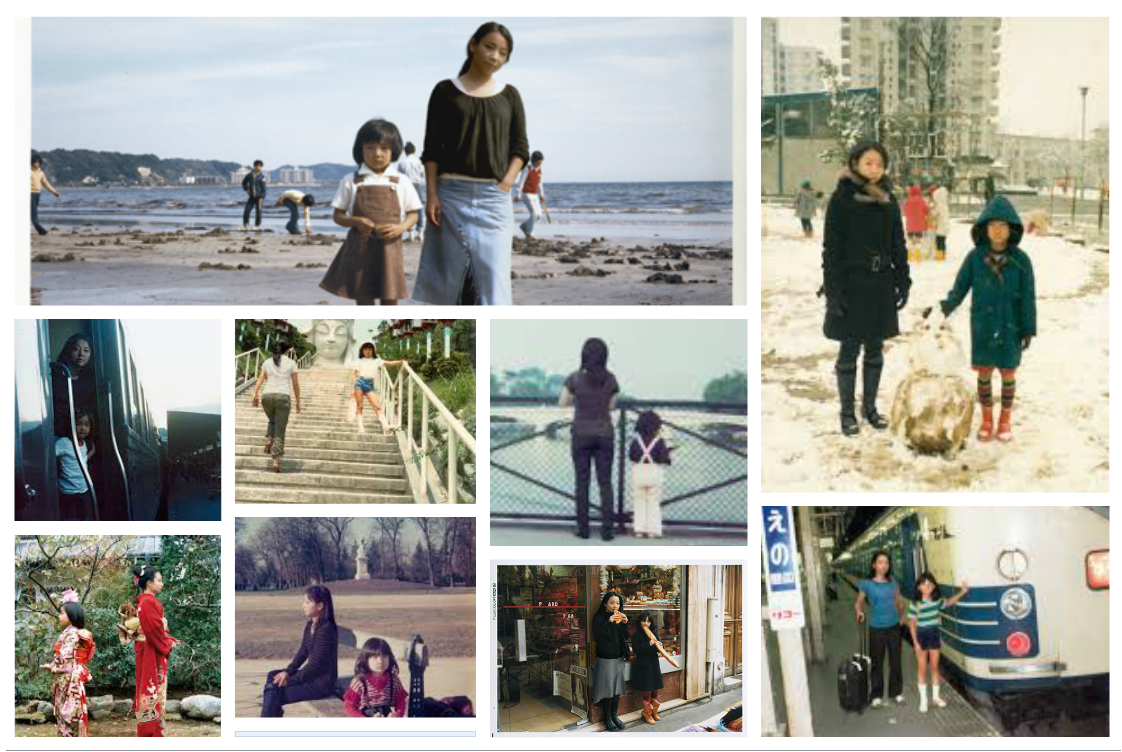Born in Tokyo, Chino Otsuka came to Britain at the age of 10. The core of her photographic work is based on the personal experience arising from this move and her sense of a dual inheritance from both East and West. In many of her projects she uses self-portraiture to explore themes of belonging, identity and memory. For her, memory is a form of storytelling and the narrative element is important throughout her work. She is preoccupied with the idea of home, displacement, memory and loss. What makes a place a home and where does a sense of belonging come from? For Chino, tracing back and recreating the past is a way to deal with such issues. The imagined and the real, reflection and projection, past and present are all recurring themes.Trained at the Royal College of Art, London and at the University of Westminster, Otsuka has exhibited throughout Europe, as well as in the United States, China and Japan, and her work is held in several public and private collections
Her photo book is narrating the past and present simultaneously, Japanese photographer Chino Otsuka documents her cultural identity, ideas about displacement, and international travels through a series of photos that present her adult self, standing beside an image of her as a child. The images that make up ‘imagine finding me’ are seamlessly integrated digital composites of the artist in different stages of life in various places around the world, cataloging the biographical materials into one synthesized shot. ‘the digital process becomes a tool, almost like a time machine, as I’m embarking on the journey to where I once belonged and at the same time becoming a tourist in my own history.’, Otsuka explains of the both the nostalgic and unfamiliar territory probed within the set. the portraits taken of the artist as a youngster — shyly posing in front of her family home, and whimsically enjoying a baguette on a trip to Paris — united with the mature and developed woman she presently is, invite the viewer to imagine what might have been, and provoke a poignant awareness of the brevity of time.

